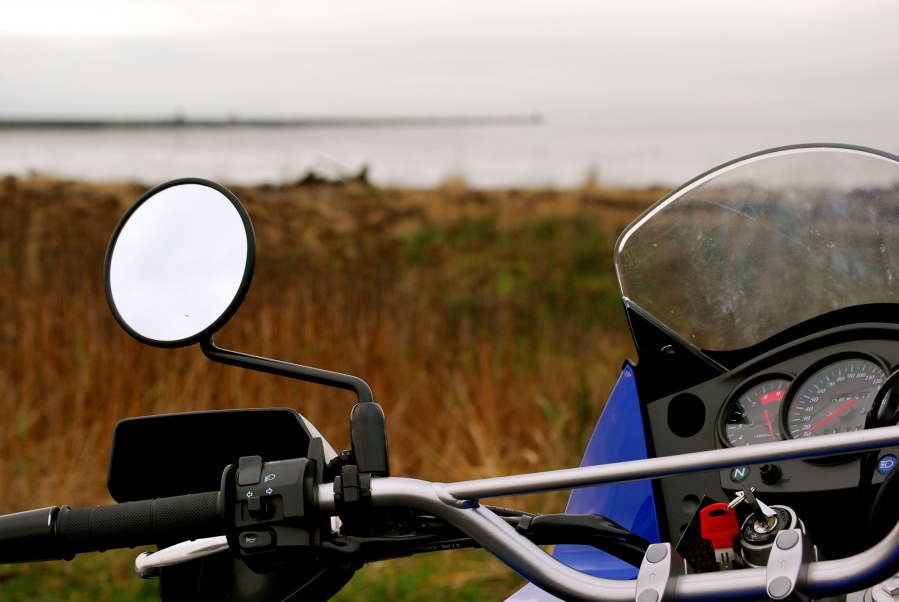COLORADO SPRINGS, Colo. — Welcome to the mind of Spencer McKee, one where I continue to find ways to avoid purchasing a four-wheel-drive vehicle for my backcountry adventures, whether that means mountain biking many miles to a remote trailhead, torturing myself with ultrarunning, or in my latest sporadic decision — purchasing a dual-sport motorcycle for rocky Forest Service roads. After all, a motorcycle is cheaper and probably better equipped to handle difficult terrain, right?
With my motorcycle being a purchase that was made late last fall and with no real motorsports experience whatsoever, this summer was my first chance to really give dirt riding a try and while I’m totally sold on the sport of motorcycling (maybe the most fun I’ve ever had), there are many aspects of the sport that have caught me off-guard.
A few weekends ago, an experienced friend and I tackled a few of the backroads in the Pikes Peak foothills. Calling it a ‘learning experience’ would be an understatement.
Between steep grades that had me gunning the throttle, to tight turns that had me forgetting all of the technique I’d worked to carefully hone on paved roads, to a slew of obstacles that required picking lines well in advance, there were plenty of times where I simply had to slow down and catch my breath to calm my nerves.



